An Uneven Slice-of-Life That’s Still Worth A Bite
DIRECTED BY: AYUMU WATANABE/2021
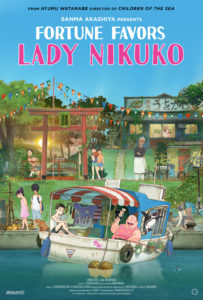
The latest feature from Ayumu Watanabe and Studio 4°C, following on the lavishly animated if inaccessible Children of the Sea, Fortune Favors Nikuko is a far more approachable, episodic slice-of-life affair. While its illustrations aren’t so detailed as Children of the Sea, its presentation and animation are just as exceptional. Its narrative, while more accessible than Watanabe’s previous effort, is of far less consistent quality than the film’s visuals. While it presents us with an enjoyable cast of characters and some effective moments of both comedy and drama, its uneven pace, weak third act, and unfortunate treatment of its title character drag down some of its better qualities, leaving us with a film that’s fun-but-flawed rather than exceptional.
Fortune Favors Lady Nikuko follows the title character and her 11-year old daughter, Kikuko, as the pair try to get by in a cramped houseboat in a small port town. Nikuko, having settled into her new home after a series of “romances” that mostly consisted of her partners taking advantage of her naivete and good nature, is nevertheless still relentlessly outgoing and optimistic, much to the chagrin of Kikuko whenever the pair are out in public. Kikuko’s life takes center stage throughout much of the runtime, exploring the ways she navigates life and relationships in middle school. A falling out with Maria, the first friend she makes in the town, her fascination with Ninomiya, a quiet boy that makes funny faces when no one’s looking, and her day-to-day of living with an exuberant, silly single mother that may be looking for another romance characterize the at times awkward, at times joyous life of a young girl on cusp of puberty. Though, the revelation of a not-so-mundane secret Nikuko has kept from her daughter may test their relationship.
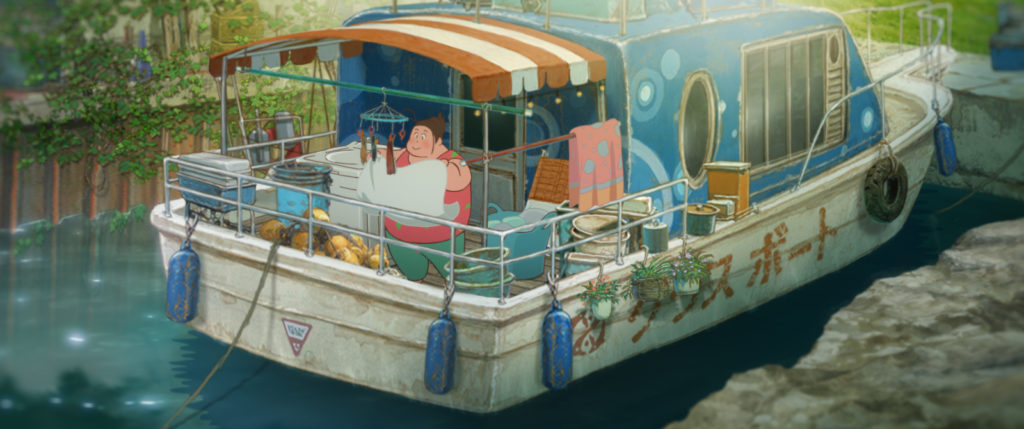
Despite the title, Fortune Favors Lady Nikuko is largely Kikuko’s film, following her trials and tribulations, with emphasis only really being placed on Nikuko in the film’s final act. Instead, Kikuko’s daily life and the relationships she forms are the draw here, narrated by an artfully employed internal monologue that grants the viewer greater clarity and understanding of her character without distracting or condescending to them. The only moment that does seem to unnecessarily elaborate on an element is an explanation of the film’s sidebars to narration from animals, that perhaps better grants the viewer an understanding of Kikuko’s character, but dispels some of the magical realism that offered narrative greater identity.
Still, the episodes are mostly pleasant, especially those that focus on Kikuko’s relationships with other children. Like most middle schoolers, they’re some variation of cliquey, anxious, gross, crude, fragile, fickle, and weird, but in a way that makes them incredibly relatable rather than alienating. While their animation occasionally employs hyperbole, their characterization rarely does, and they’re humanistic portrayals are easily the best parts of the film. The very end of the film especially, as it highlights a major milestone for Kikuko in a fashion that manages to be both delightfully absurd and incredibly honest, almost making the viewer forget the lackluster final act and poor treatment of its title character.
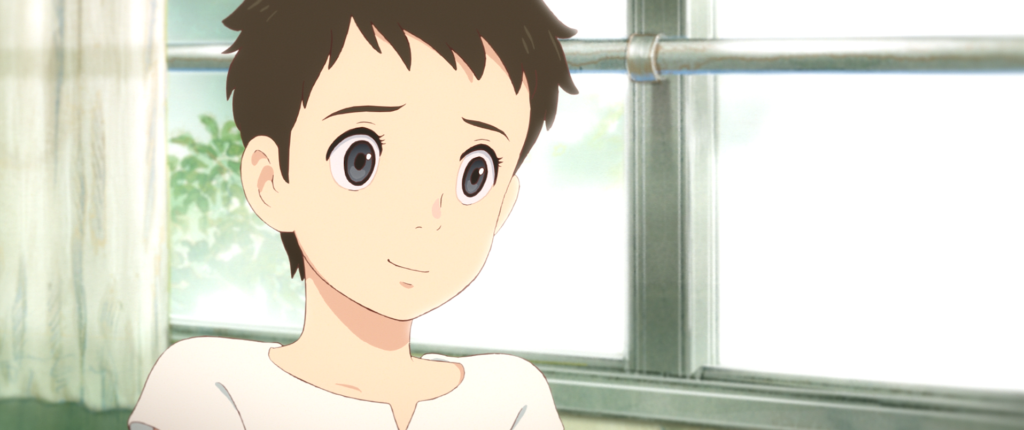
Fortune may favor Lady Nikuko, but the film certainly does not. While she can be a lot of fun in many ways – sweet and exceptionally animated, a font of joy that clearly loves her daughter – she’s never afforded any depth, more a mascot character than anything. She is frequently the butt of myriad fat-phobic jokes, with the standout worst being a remarkably unfunny episode during Sports Day at Kikuko’s school, wherein she’s depicted as a hapless mess, her previously bottomless energy sapped instantly as what was a charming naif becomes a rather mean-spirited caricature that contrasts starkly against her depiction throughout the rest of the film. But, the most disappointing segment for Nikuko is in the film’s final act.
In depicting a major revelation about Nikuko’s past, the film seems to have a great opportunity to afford her greater depth, and initially it points to something compelling. It’s frustrating to ruminate on what might have been, but what we get is a particularly silly, soap-operatic reveal that – despite some lovely flourishes of animation – only distracts from the grounded sense of the rest of the film. Nikuko’s contrast to the rest of the grounded world, her larger-than-life personality, had for the most part been a welcome thing up to this point, an injection of energy. But here, it drags, going on for far too long and offering nothing of substance, and mostly just feels like the film’s killing time to pad out its runtime. While it doesn’t ruin the experience, it does put a major damper on my overall enthusiasm for the film.
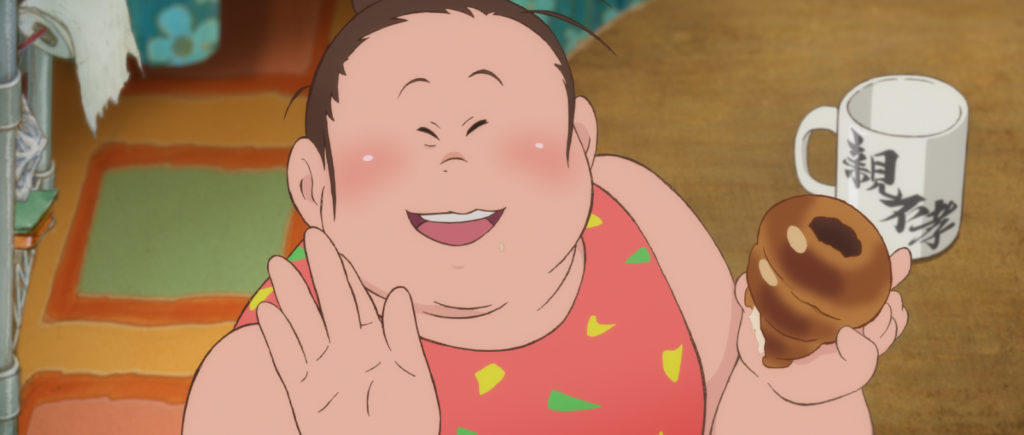
The visuals, however, suffer from none of the narrative’s inconsistencies, with spectacular design work and animation throughout. Character designer and animation director Kenichi Konishi guides a team that offers plenty of subtle character animation and effective, broad comedy, with the eponymous Nikuko offering a lot more exaggerated, loose movement that was missing from the somewhat sterile Children of the Sea. While she may contrast against the more subtle character animation of Kikuko and her classmates, I will contend that her animation and the otherworldly energy it grants her is easily the best bit of characterization she receives, and a major part of why she is so delightful in the films first two acts.
Some standout moments include a private revelation for Kikuko as she comes to terms with her relationship with Maria, a confrontation between Nikuko and a penguin at the local aquarium, and a dancing sequence that introduces the final act revelation. Another cute touch is the various funny faces Kikuko and Ninomiya pull, a brief opportunity for the animators to explore more outlandish, cartoony expressions with the relatively grounded, more photogenic characters. The backgrounds are quite pretty if not remarkably stylish or standout, but never read as being traced or filtered photos as some backgrounds can.
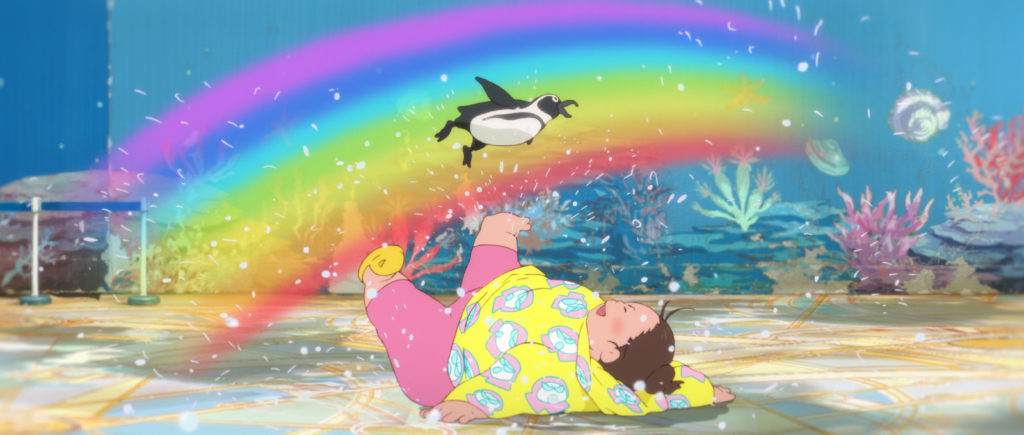
Overall, Fortune Favors Lady Nikuko is a gorgeously rendered, narratively uneven slice-of-life, with some of the strongest depictions of children on the cusp of adolescence I’ve seen in film and a clumsy mishandling of its title character that frustratingly undercuts its successes. Despite my issues with the handling of Nikuko, I still very much recommend this film, particularly for those younger viewers in the same stage of life as Kikuko. While it will hardly embed itself as one of the classics of anime, its successes make it more than worth a viewing, and leave me excited to see what Watanabe and co. do next!


